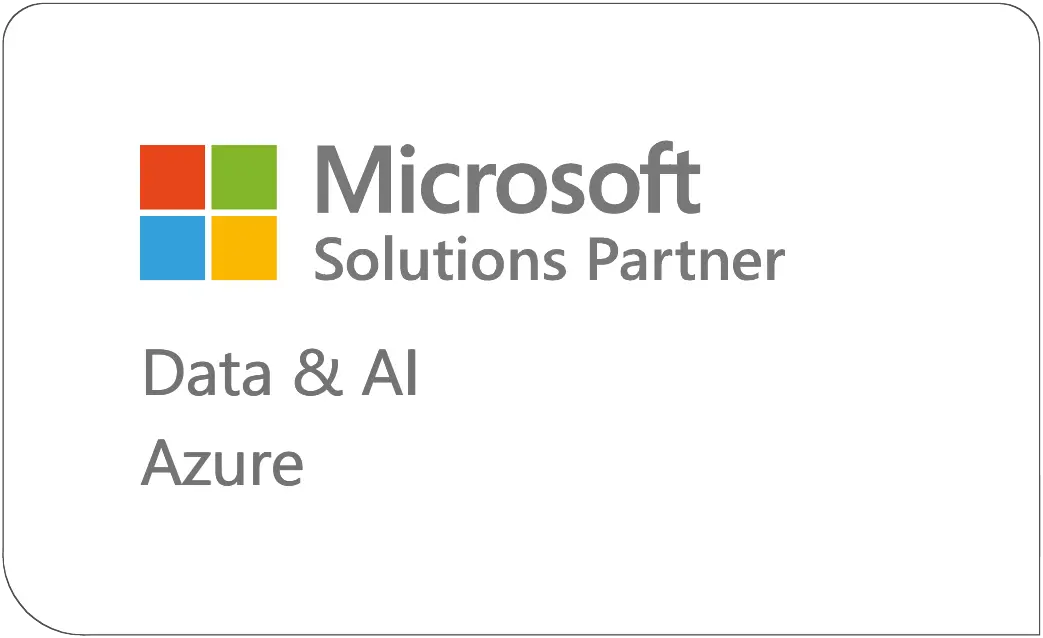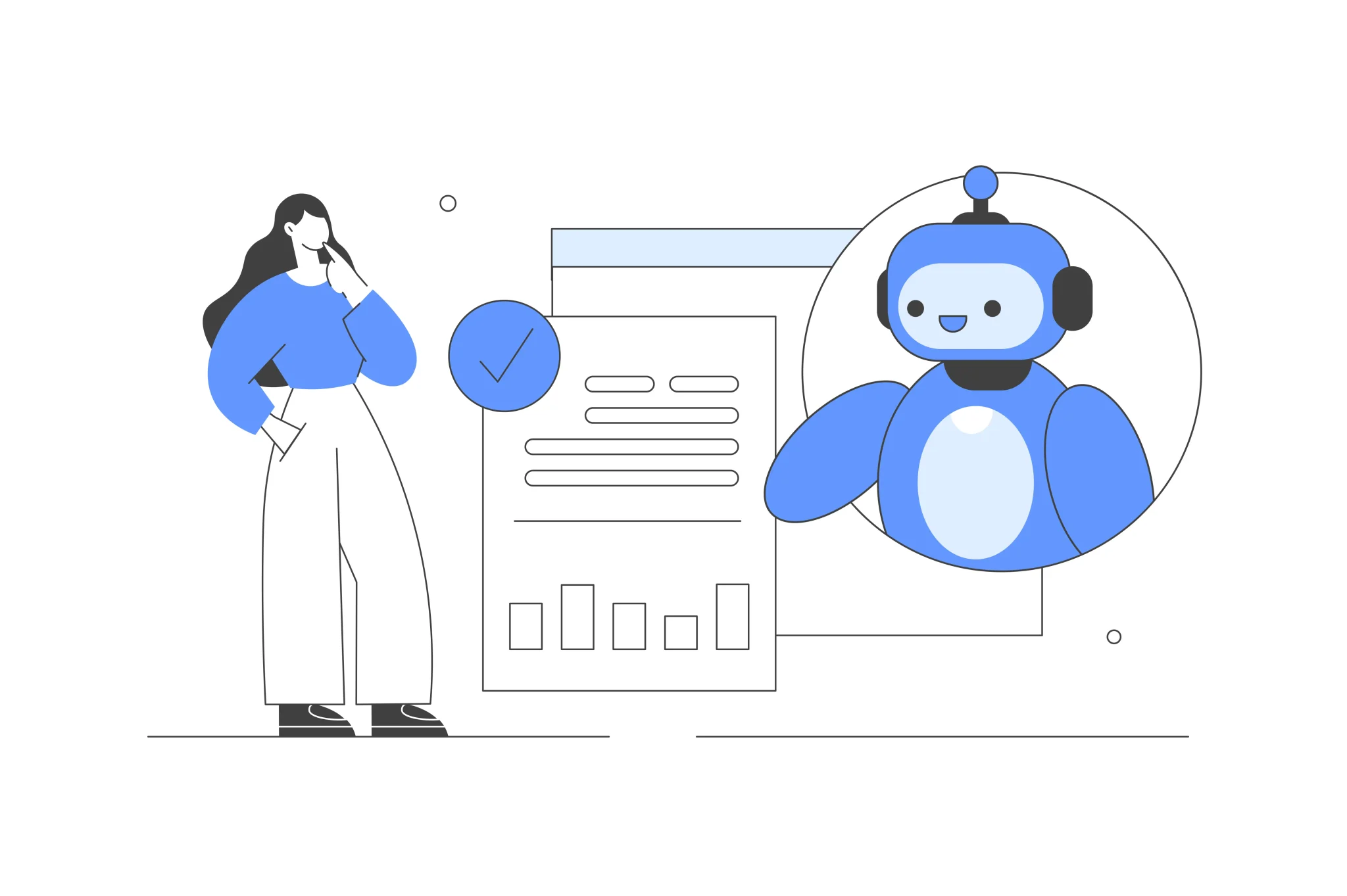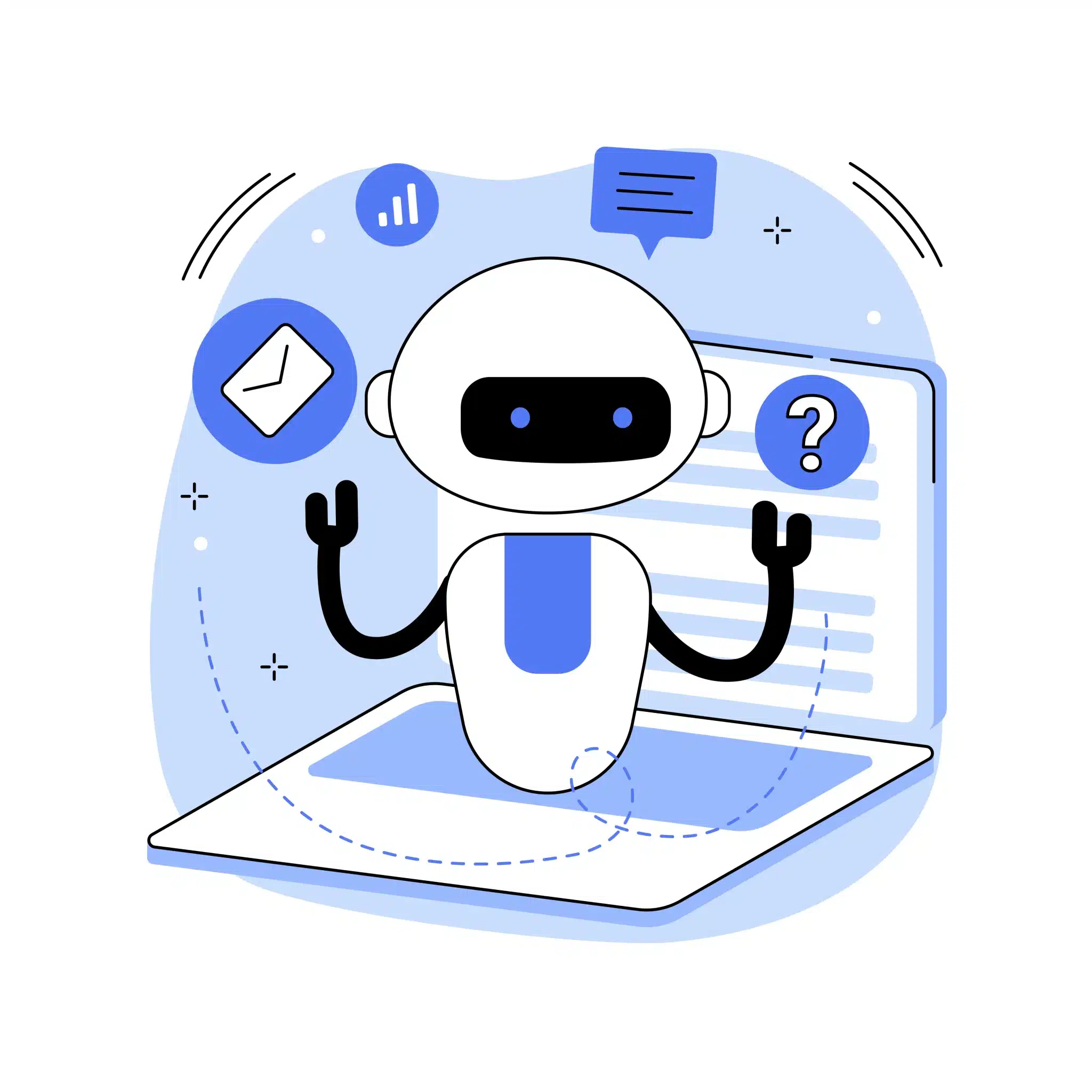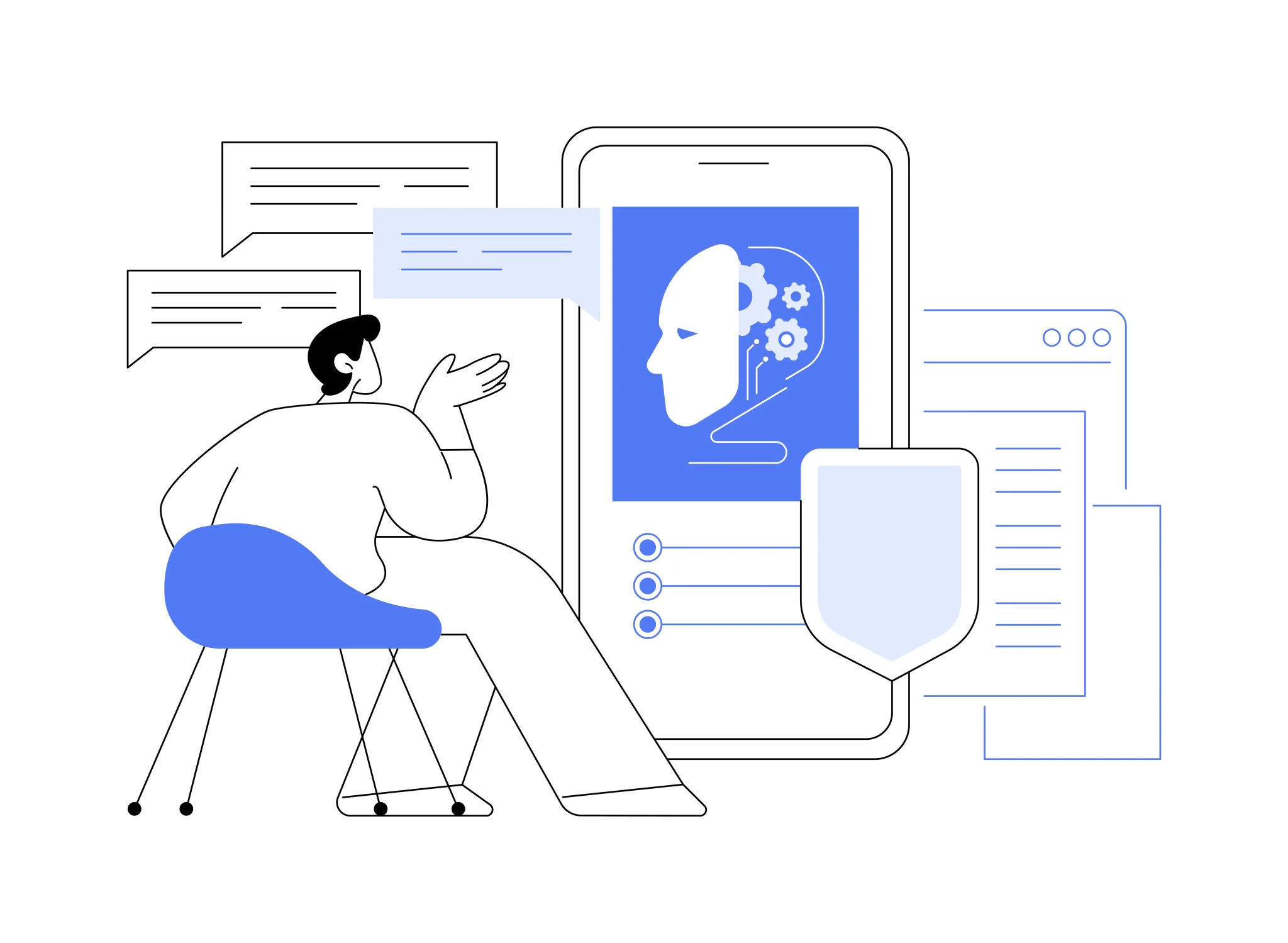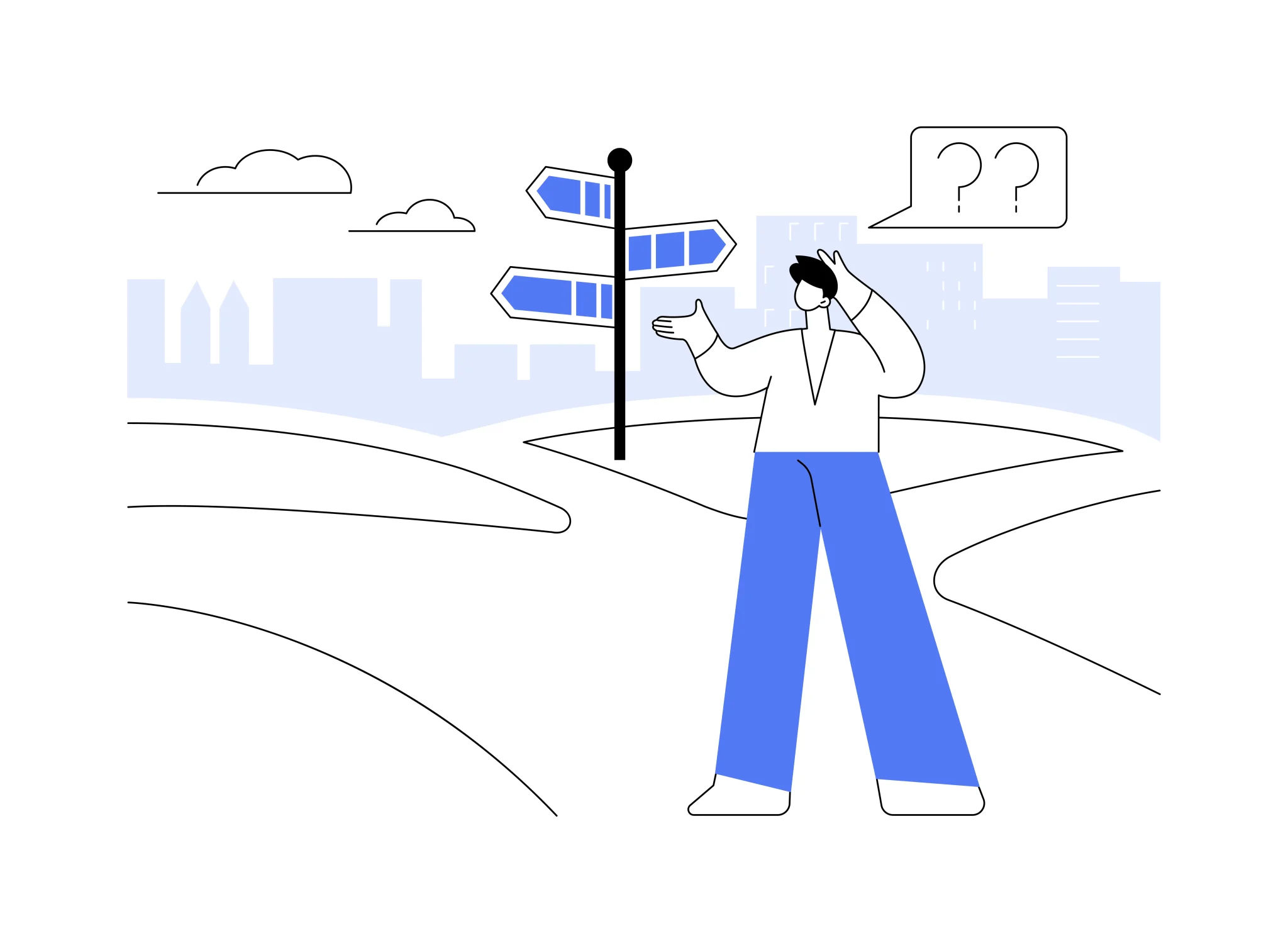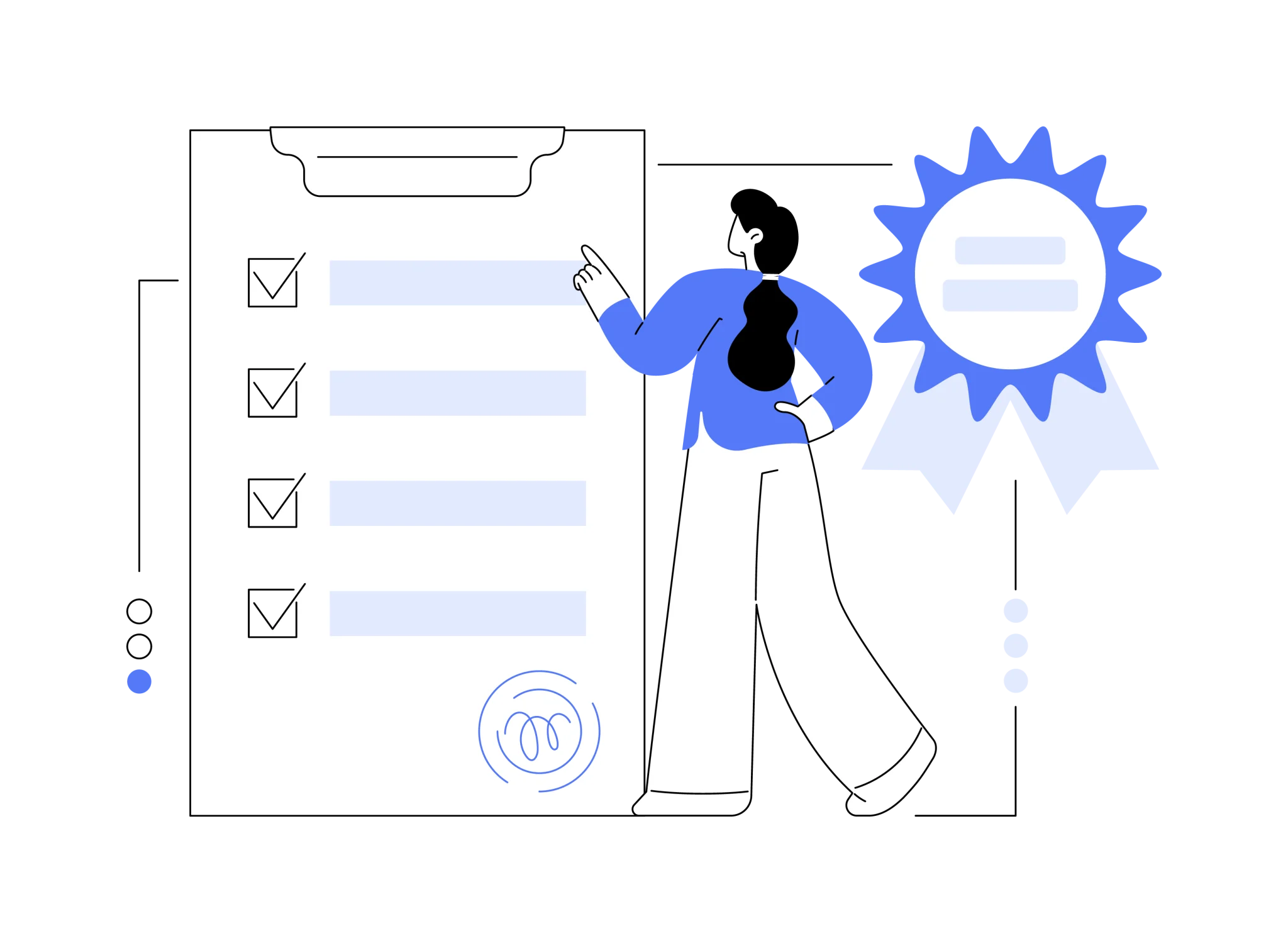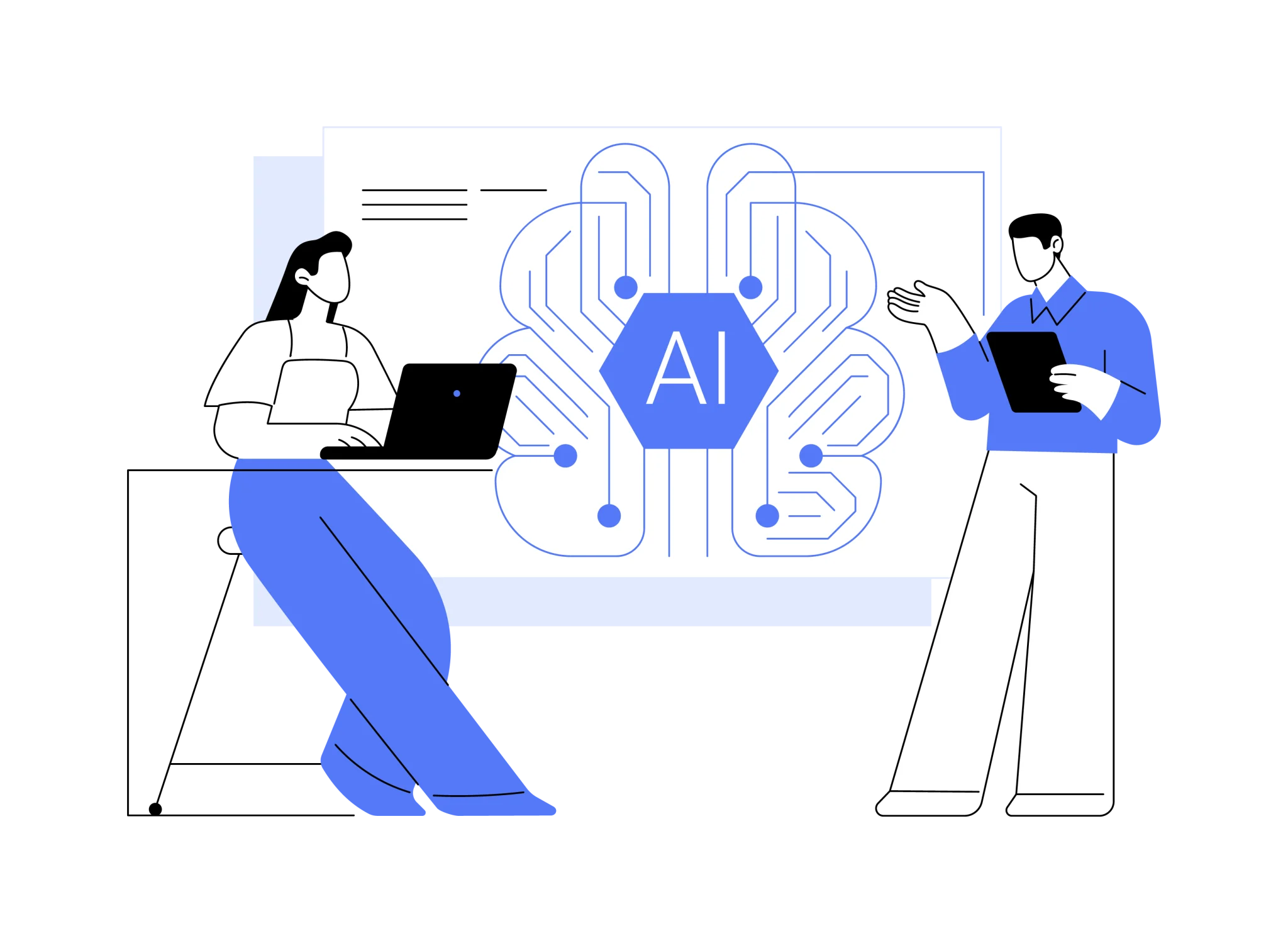Menu
- Home
- Managed IT Support
- IT Consulting Services
- Cyber Security Consulting Services
- Cyber Security Services
- Managed Services
- Education Security
- Further Services
- Cyber Security Hardening Service
- The Hierarchy of Cyber Security Needs Pyramid
- Cyber Security Audit Services
- Cyber Security Gap Analysis
- Ransomware Recovery Services
- WatchGuard Consulting Services
- Independent Penetration Testing Services
- DMARC Compliance Services
- Domain Reputation Checker
- Cyber Essentials Assessment Service and Support
- Cyber Security Incident Response Service
- IT Solutions
- About Us
- Case Studies
- Industries
- Careers
- Blog
- Events
- Newsletter
- Contact Us
- Press
Close
